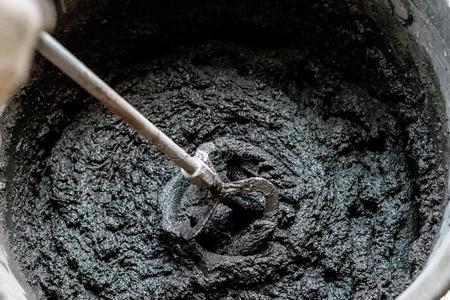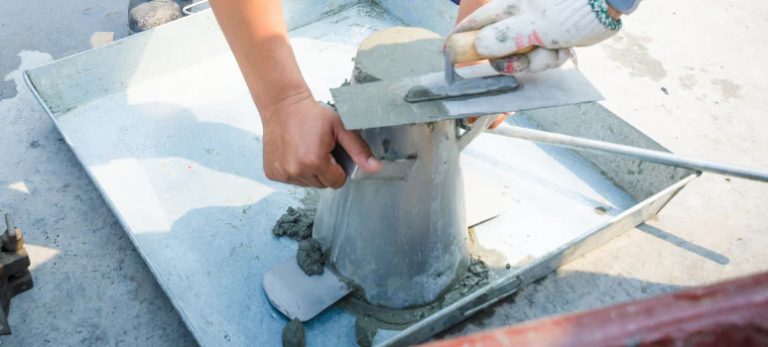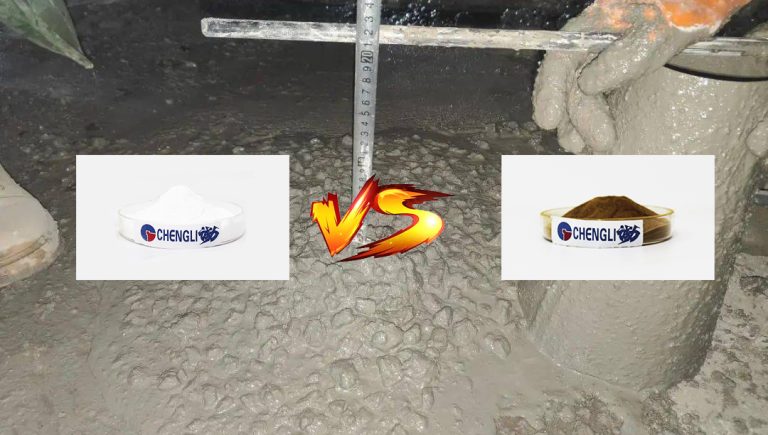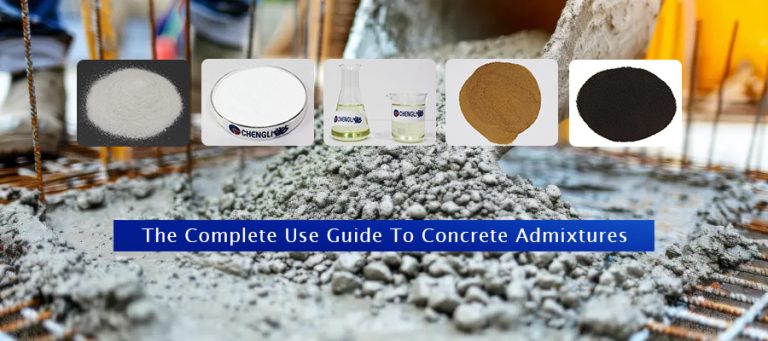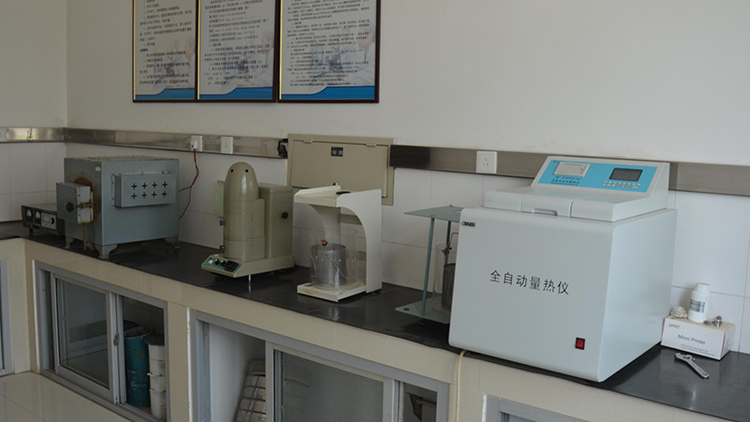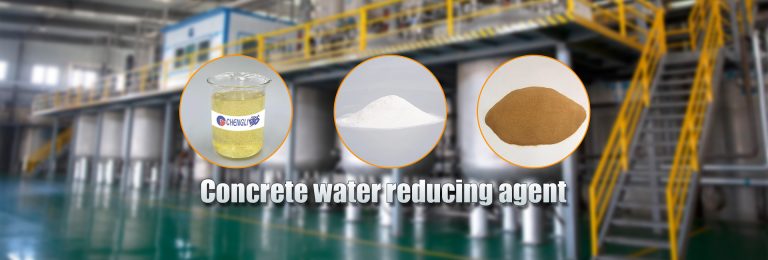How To Add Admixture In Concrete?
Primary Methods for Incorporating Admixtures in Concrete Production
Admixtures play a key role in enhancing concrete performance. Their addition method affects effectiveness, with dosage typically ≤5% of cement weight. Here are four main techniques for mixing admixtures into concrete:
1. Pre-Mixing Method
First, blend the admixture with cement thoroughly. Then add aggregates and water. This ensures even dispersion but has a drawback. Prolonged mixing may detach admixture molecules from cement surfaces, increasing required dosage over time.
2. Simultaneous Mixing Method
Add cement, aggregates, and pre-diluted admixture to the mixer together. This allows the admixture to engage fully with the cement hydration process. Stronger adsorption of admixture molecules on cement particles results, improving integration during mixing.
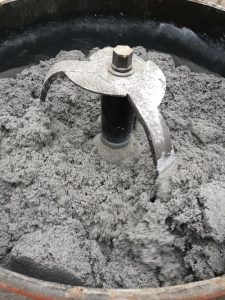
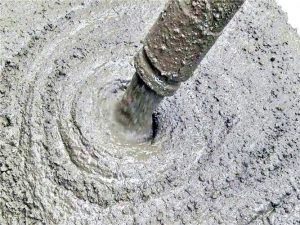
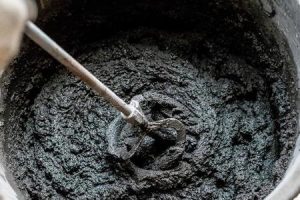
3. Post-Mixing Method (Most Practical and Widely Used)
Mix cement, aggregates, and water first for 1–2 minutes. Then introduce the admixture to the partially blended mix. This creates a temporary high concentration in the liquid phase, minimizing admixture loss. It effectively reduces slump loss and water-reducing agent dosage.
4. Incremental Addition Method
Add the admixture in stages during mixing or transportation. Fixed-interval additions maintain a stable concentration throughout the process. While effective for slump control, site constraints often make this method less practical for on-site construction.
Method Comparison and Recommendations
Under similar conditions, post-mixing and incremental addition stand out. Both reduce slump loss and lower admixture needs. However, the incremental method faces logistical challenges in real-world projects. Thus, the post-mixing approach is the top choice, balancing efficiency and ease of use in most concrete production scenarios.
For technical support or product-related questions, contact our expert team 24/7. We are ready to assist with your concrete admixture needs.

